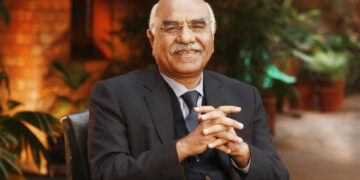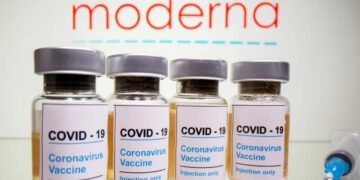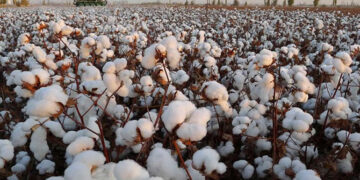
The recent news that the Reader’s Digest has filed for bankruptcy proceedings (for the second time) filled me with sadness and nostalgia.
Please note that the bankruptcy refers only to the US edition of the Reader’s Digest. In most other countries, including India, the Digest is still doing fine.However, it was in the USA that this iconic magazine started and from where it spread its wings internationally. Few expected it to succeed. After all, it was just a selection of articles taken from various American magazines and newspapers, which were then suitably condensed and edited (original articles written specially for the Digest came later). But its young founding couple, William Roy DeWitt Wallace and Lila had faith in the concept.
William was recovering in France from shrapnel wounds inflicted in World War 1 when the idea germinated. In 1922, he and his wife cobbled together $5,000 to launch the magazine from a run-down garage. They soon realised they had a winner on their hands. By 1929, the monthly magazine had a circulation of 290,000 and an income of almost one million dollars.
Slowly, the formula and the ideological underpinning of the Reader’s Digest emerged, inspired by the sentiments of the Wallaces. It was an era of big government and large private companies. The public often found themselves neglected and squeezed between the two. The Digest championed the small, common man, showing him his rights and how he could exercise them against the might of the insensitive bureaucracy and the rapaciousness of corporate business.
Articles were chosen that could educate, inform and inspire. Humour and entertainment were generously interspersed throughout the magazine. There was invariably something about medicine and self-help. A medical series on different parts of the human anatomy (“I am John’s…”) became the most read series in the history of journalism. There was something of interest for virtually every reader wanting to entertain and improve himself.
Regular features like “Drama in Real Life”, “A Day in the Life of…”, “Life’s Like That”, “Humour in Uniform”, “It Pays to Increase Your Word Power”, “News from the World of Medicine”, became Reader’s Digest staples. Later, the magazine acquired a strong anti-communist and conservative tinge that antagonised a lot of liberals. But it needs to remembered that those were the days of the Cold War when many Americans feared that communism would triumph over the world, including the USA.
The only time I met DeWitt Wallace was over a lunch in at the Digest headquarters in Pleasantville, outside New York City. “When are the commies going to take over India?” he asked me. I reassured him that this was very unlikely but I could see from his worried look that he was not convinced.
Anyway, its anti-communism notwithstanding, the Wallace’s formula caught the imagination of not just American readers, but readers all over the democratic world (communist countries like the Soviet Union and China did not allow publication of the magazine). At its peak, the Digest sold an astounding 23 million copies worldwide, 17 million in the USA alone. It was, by far, the highest-circulating magazine on earth. Even more remarkable perhaps, was the fact that it came out in 21 languages, and in 49 different countries.Newspapers and magazines don’t translate easily. But the Digest did, largely, I believe, because its contents addressed universal values and concerns. Its appeal transcended frontiers.
There was another unique quality the Digest had: Its accuracy. The parent US edition had a huge “research department”. Every article that appeared in the magazine, whether it was picked up from another publication or was specially written for the Digest, was thoroughly research-checked for accuracy. Researchers went to great and expensive lengths — even flying long distances — just to verify facts. “I read it in the Reader’s Digest, became a byword for reliability. People had faith in the magazine. Liberal intellectuals poked fun at it and considered it “middle-brow”, even “low-brow”. But it was meticulously edited and expertly crafted. I should know, having been its first Indian Editor.
Till only a decade or so ago, it flew high. Its spin-offs, like “Condensed Books” and the “Special Books” section were also huge moneymaking successes, mainly because they piggybacked on the Reader’s Digest brand name and its great credibility. The Reader’s Digest Atlas was the largest-selling atlas ever.Then, came the decline, a decline that was common to almost all print publications, including venerable names like the New York Times and the Washington Post. Newsweek recently ceased its print edition and Time will probably follow suit. More and more people all over the world took to television, computers and “tablets” to get their news and entertainment online.But the Digest will always retain a special place in my heart — and I am convinced in millions of hearts all over the world — with its articles of ‘lasting interest’, along with the old copies of the magazine that so many lovingly preserve in their library.












